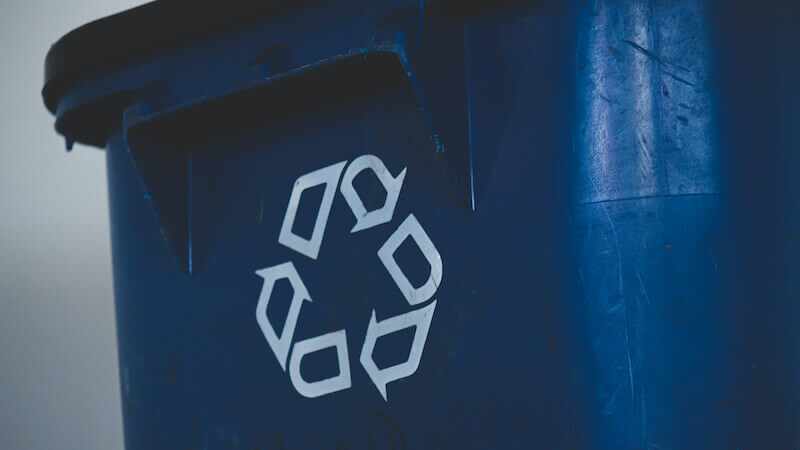
Researchers at Rice University have developed a method called “flash joule heating” to recycle lithium-ion batteries. The material recovery of the process is said to be 98 percent.
Under the leadership of James Tour, researchers at Rice University developed recently a novel method for recycling lithium-ion batteries. The process is called “Flash Joule Heating” and enables battery waste to be heated quickly.
This results in magnetic separation and 98 percent recovery of battery metals. The presented technique preserves the structural integrity and functionality of the materials, making them ideal for reuse.
Flash Joule Heating separates components at 2,230 degrees Celsius
The team shows that heating battery waste to 2,500 Kelvin (around 2,230 degrees Celsius) creates unique properties with magnetic shells and stable core structures within seconds. This magnetic separation enables efficient cleaning of the materials.
What is particularly noteworthy is that the cobalt-based battery cathodes showed magnetism through the outer spinel-cobalt oxide layers and the system was able to easily separate them. Such cathodes are used in electric vehicles, for example. The researchers report that this method not only offers a high recovery rate, but also significantly reduces metal contamination. At the same time, the structure and functionality of the materials are retained.
Recycled materials get new life in cathodes
This means that the recycled materials are ultimately processed to give a new life in new cathodes. The technology has the potential to make battery production more sustainable and reduce the environmental impact of battery waste. Conventional recycling techniques are often energy-intensive and have significant environmental impact.
Rice University’s new method offers a more cost-effective and environmentally friendly alternative. The next step is to test and apply the technique on a larger scale. There is a need, particularly in the growing electric vehicle industry. Many manufacturers are already desperately looking for methods for sustainable recycling.
Also interesting:
- Jelly battery: Researchers develop a new type of battery – inspired by electric eels
- Researchers are making environmentally friendly batteries from old solar panels
- New lithium metal battery: twice the performance and still more environmentally friendly
- China: The world’s largest sodium-ion battery storage facility begins operation
The post Flash Joule Heating: Sustainable recycling of lithium-ion batteries by Felix Baumann first appeared on BASIC thinking. Follow us too Facebook, Twitter and Instagram.
Flash Joule Heating is a promising technology for sustainable recycling of lithium-ion batteries. This process involves using a high-voltage electrical pulse to rapidly heat the battery materials, causing them to break down and separate into their constituent components. This allows for the recovery of valuable materials such as lithium, cobalt, and nickel, which can then be reused in the manufacturing of new batteries.
One of the key advantages of Flash Joule Heating is its energy efficiency and speed. Traditional recycling methods for lithium-ion batteries can be time-consuming and require a significant amount of energy. In contrast, Flash Joule Heating can quickly break down the battery materials in a matter of seconds, reducing both energy consumption and processing time.
Additionally, Flash Joule Heating has the potential to reduce the environmental impact of lithium-ion battery recycling. By efficiently recovering valuable materials from old batteries, this technology can help minimize the need for mining new resources and reduce the amount of waste that ends up in landfills.
Overall, I believe that Flash Joule Heating has the potential to revolutionize the way we recycle lithium-ion batteries and contribute to a more sustainable and circular economy for the tech industry. As an expert in the field, I am excited to see how this technology continues to develop and make a positive impact on the industry.
Credits